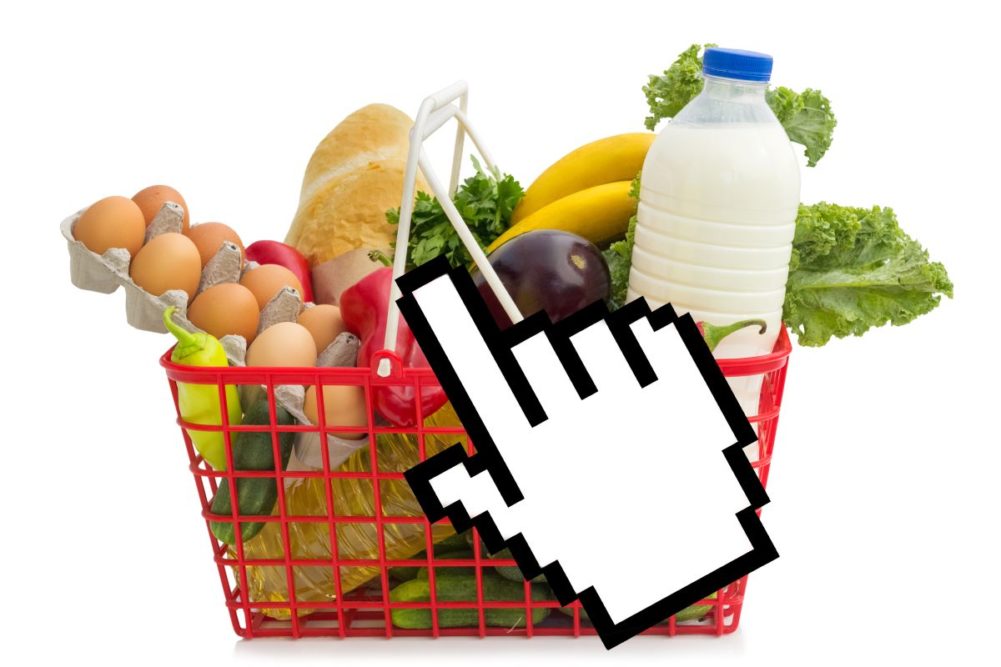
A panel discussion about e-commerce at the recent annual meeting of the American Bakers Association delivered two powerful messages to the baking industry, one spoken and one unspoken. The spoken message was that the future for e-grocery shopping is now and that baked foods have a large stake in this business. The unspoken message was that bakers are not yet fully embracing e-commerce.
Compellingly making the first point was Kasey Jamison of Instacart. Since the beginning of the pandemic, Instacart’s associates who shop for e-commerce customers has ballooned to 600,000. Instacart, which partners with retailers ranging from small chains to giants like Costco and Kroger, is intensifying its efforts to speed delivery to as little as 15 minutes from the time groceries are ordered.
Investments to enhance service are driven by continued growth in online shopping. While it is widely known e-grocery shopping spiked during the spring of 2020 when many communities were locked down to slow the spread of the virus, Ms. Jamison said growth remained strong afterward.
“Orders are up on our platform 30% year-over-year, which is incredible coming off a high growth period,” she said.
That this matters for baking is evident in the prevalence of baked foods in Instacart orders. One in three carts on the platform includes a baked food, and bread is the No. 3 searched term on Instacart, both for first-time buyers and regular customers, Ms. Jamison said.
Omar N. Haque, an executive who heads e-commerce efforts at Bimbo Bakeries USA, spelled out the remarkable pace at which online shopping has grown. In 2019, e-grocery sales accounted for only 3% of total grocery sales, and he said predictions at the time were for online sales to capture a 6% share in 2022. Instead, online sales hit 9.6% in December 2021.
Neither Mr. Haque nor Ms. Jamison offered current data about baking’s share of e-grocery sales, but both presenters worked to dispel reasons bakers may be holding back from a full embrace of the channel.
Mr. Haque said bakers appeared to be wondering whether bread and other baked foods will someday reach the market share levels already attained by health and beauty aids (20% share) and pet food (35% share).
“The more pertinent question isn’t ‘will’ but ‘when will’ the bakery category be more than 20%,” he said. He added that it’s an open question whether the baking industry will be ready for such growth.
He also cautioned that those who fail to invest in maximizing e-commerce sales may end up essentially invisible online. Consumer packaged foods makers may believe the online shelf is endless because searches on retailers’ websites generate thousands of results.
“But the reality is the digital shelf is much smaller,” he said. “Seldom do shoppers go beyond the first page, especially on a small screen, by results.”
Ms. Jamison implored the bakers not to stand by idly.
“Just show up,” she said. “Don’t wait to see if this online grocery shopping thing is a fad. It’s here and here to stay. Yes, COVID certainly accelerated it, but the 30% growth year-over-year is a sign it’s here to stay.”
Online shoppers require thoughtful attention, Ms. Jamison said. She divided these shoppers into three subgroups — those who walk (scan) the aisles, seeking inspiration; those who search for specific products or categories; and those who simply repeat previous purchases.
“You have to invest in how you show up and reach her in all her touch points,” she said. “You can’t skip any.”
It’s rare that impending change of such great import is as clearly telegraphed as is the case with online grocery shopping today. Bakers understand the importance of meeting consumer needs. With direct-store delivery, no food category does more to promote its product to consumers in stores and to be sure products that consumers need are found. Transferring this skillset to an online shopping environment should be an urgent objective of baking industry leaders.






